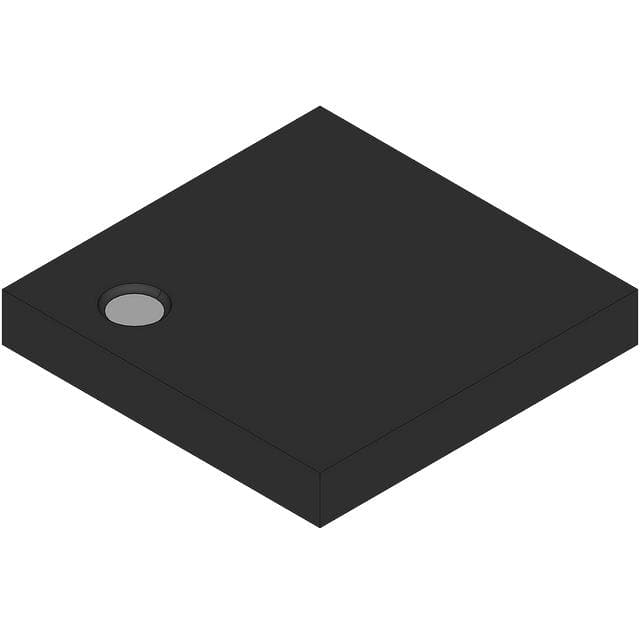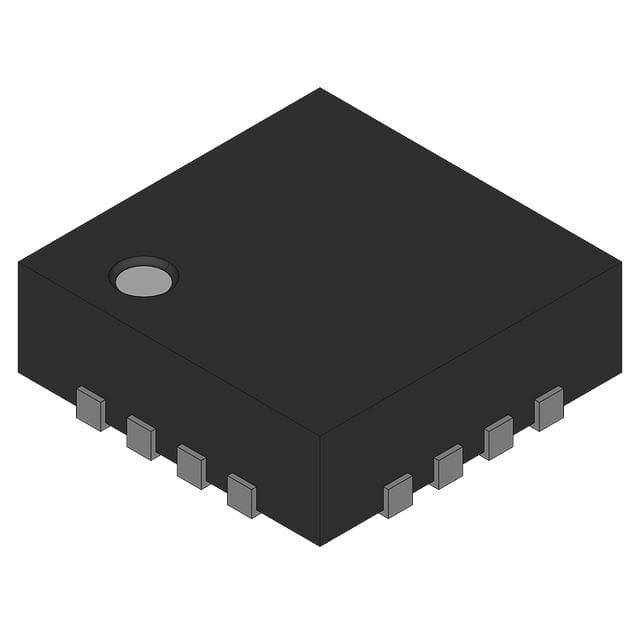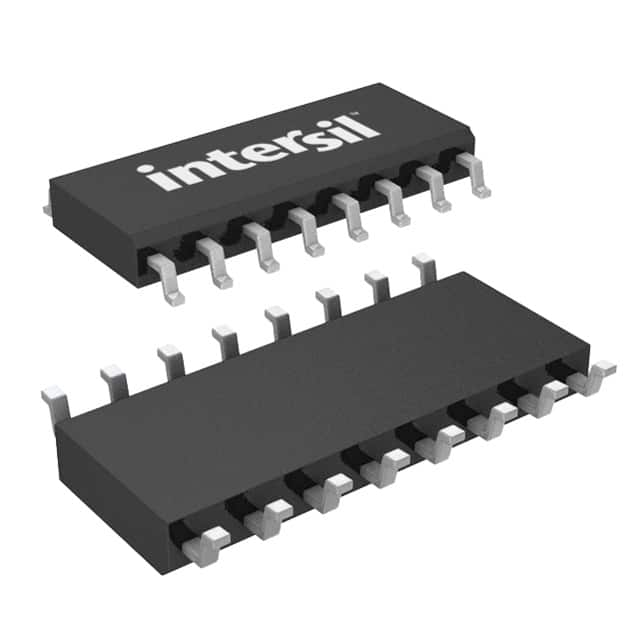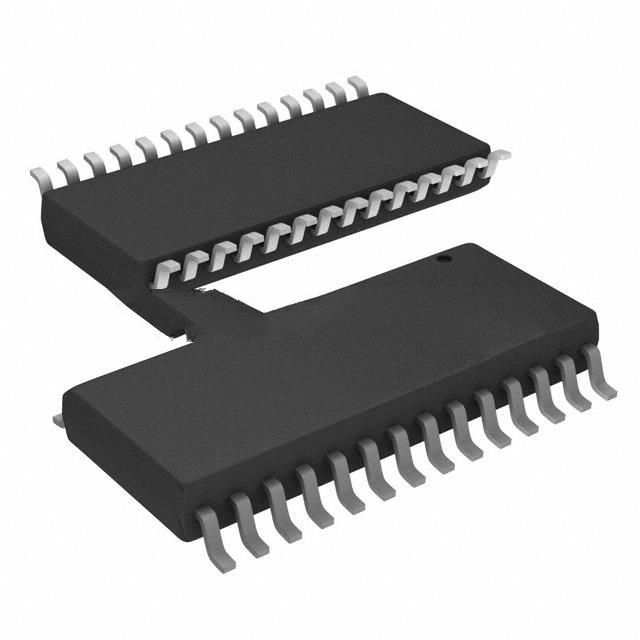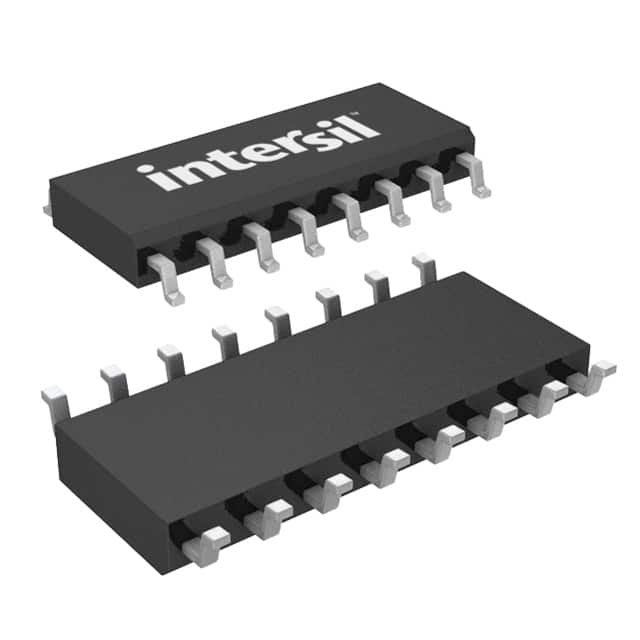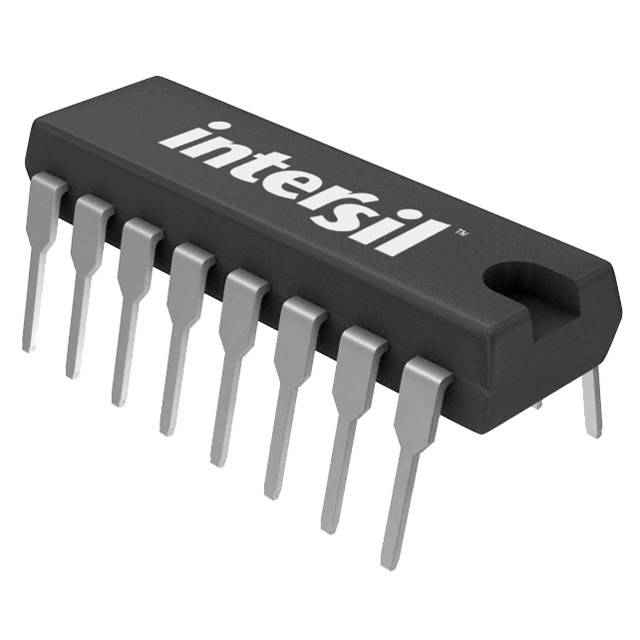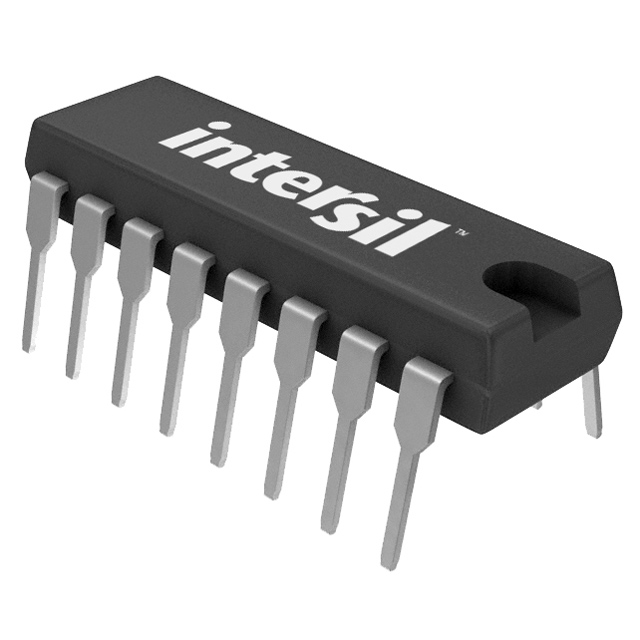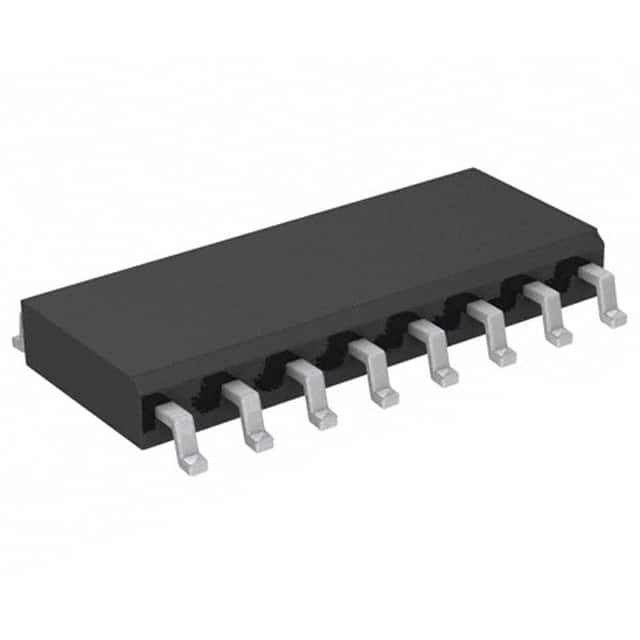ISL43L841IRZ Product Introduction:
Intersil Part Number ISL43L841IRZ(Interface - Analog Switches, Multiplexers, Demultiplexers), developed and manufactured by Intersil, distributed globally by Jinftry. We distribute various electronic components from world-renowned brands and provide one-stop services, making us a trusted global electronic component distributor.
ISL43L841IRZ is one of the part numbers distributed by Jinftry, and you can learn about its specifications/configurations, package/case, Datasheet, and other information here. Electronic components are affected by supply and demand, and prices fluctuate frequently. If you have a demand, please do not hesitate to send us an RFQ or email us immediately sales@jinftry.com Please inquire about the real-time unit price, Data Code, Lead time, payment terms, and any other information you would like to know. We will do our best to provide you with a quotation and reply as soon as possible.
Introducing the Intersil ISL43L841IRZ, a versatile and high-performance analog switch designed to meet the demands of a wide range of applications. With its advanced features and exceptional reliability, this product is set to revolutionize the field of analog switching.
The ISL43L841IRZ boasts a low on-resistance of just 0.5 ohms, ensuring minimal signal distortion and maximum signal integrity. Its wide operating voltage range of 1.8V to 5.5V makes it compatible with a variety of power sources, while its low power consumption ensures efficient operation and extended battery life.
This analog switch is equipped with a break-before-make feature, allowing for seamless switching between different signal sources. Its fast switching speed of 20ns ensures minimal delay and enables high-speed data transmission. Additionally, the ISL43L841IRZ offers excellent ESD protection, safeguarding sensitive components from electrostatic discharge.
The ISL43L841IRZ finds applications in a wide range of fields, including consumer electronics, telecommunications, industrial automation, and medical devices. It can be used for audio and video signal routing, data acquisition, signal multiplexing, and more. Its compact size and easy integration make it an ideal choice for space-constrained designs.
In summary, the Intersil ISL43L841IRZ is a highly versatile and reliable analog switch that offers exceptional performance and a wide range of applications. With its advanced features and compact design, it is set to become the go-to choice for engineers and designers in need of high-quality analog switching solutions.
Interface - Analog Switches, Multiplexers, Demultiplexers are an important class of components in integrated circuits (ics) that are used to select and switch between different signal paths. Multiplexers are analog switches that combine multiple input signals onto a shared output line. The multiplexer consists of a set of selection lines and a plurality of input lines, and determines which input signal is connected to the output line by selecting the control signal on the line. This design allows multiple signals to be transmitted with limited physical connections, saving wiring resources and space. A demultiplexer is a reverse operation of a multiplexer that distributes one input signal to multiple output lines. By controlling the signal, the demultiplexer can selectively connect the input signal to one or more output lines to achieve signal distribution and routing. Such IC chips achieve lossless switching of signals through integrated transistors or MOSFET devices, and the design principle is to use control signals to change the conductivity of semiconductor materials, so as to switch between signal paths. The analog switch can be bi-directional, allowing the signal to travel in both directions, or unidirectional, allowing the signal to flow in only one direction.
Application
Interface - Analog Switches, Multiplexers, Demultiplexers have demonstrated extensive application value in multiple fields. In data acquisition systems, they are used for switching multiple signals, reducing the number of connections between sensors and processors, and improving the flexibility and efficiency of the system. In the field of communication, especially in multi-channel transmission systems, multiplexers are used to merge multiple signals into one medium for transmission, while demulsifiers separate signals at the receiving end, achieving effective signal management and transmission. In testing and measurement equipment, this type of IC chip is used for dynamic control of signal paths, supporting multiple testing modes and configurations. In addition, analog switches, multiplexers, and demulsifiers play a crucial role in audio processing, video switching, automotive electronics, medical equipment, and various industrial control systems that require signal switching and management, providing a solid foundation for the high performance and versatility of modern electronic devices.
FAQ about Interface - Analog Switches, Multiplexers, Demultiplexers
-
1. What is an analog switch?
An analog switch is an electronic component that is mainly used for switching operations in analog signal circuits. Unlike digital switches, analog switches operate analog signals and can realize functions such as selection, switching and adjustment of analog signals. Analog switches are usually composed of semiconductor devices such as MOSFET or bidirectional diodes, which can complete tasks such as switching, selecting and processing analog signals.
-
2. What is an analog multiplexer?
An analog multiplexer is a device that can receive multiple input signals and combine these signals into one output signal according to certain rules. It combines multiple signals into one signal through a shared medium, thereby realizing signal multiplexing transmission. Analog multiplexers are widely used in communication systems, especially in television and radio transmission, where multiple signals are combined according to frequency division through frequency division multiplexing technology, and then transmitted through shared channels.
What is the difference between a multiplexer and an analog switch?
The main differences between a multiplexer and an analog switch are application scenarios, number of channels and signal processing capabilities.
Application scenarios and number of channels
Multiplexer: Mainly used in applications with a large number of channels, such as 4:1, 8:1, 16:1, etc. It can receive multiple input signals and synthesize a single output signal in a predetermined order, which is suitable for scenarios where multiple signals need to be processed simultaneously.
Analog switch: Mainly used in scenarios with a small number of channels, such as SPST (single pole single throw), SPDT (single pole double throw), etc. It is mainly used for channel selection or gear switching, and is suitable for scenarios where each channel needs to be controlled separately.
Signal processing capabilities
Multiplexer: It can process multiple input signals at the same time, divide each input signal into a series of time slices through time division multiplexing (TDM) technology, and transmit them in sequence. It requires high accuracy and stability to ensure accurate data transmission and low bit error rate.
Analog switch: Mainly used for channel selection, it cannot turn on multiple channels at the same time. The switch state of each channel is independent, which is suitable for scenarios where each channel needs to be controlled separately.
-
3. What are the applications of demultiplexers?
Demultiplexers are widely used in communication systems, mainly including the following aspects:
Communication systems: Demultiplexers are used in communication systems to pass data from one input to one of multiple output data lines. For example, in fiber-optic communication, optical signals are combined and transmitted after being transmitted by optical multiplexers. When they reach the receiving end, demultiplexers are needed to separate the optical signals and restore them to the original multiple signals.
Data transmission: During data transmission, demultiplexers can separate composite data streams into multiple independent signals for processing on different channels or devices. For example, in Ethernet, multiple devices share a physical connection, and the demultiplexer is responsible for correctly allocating these shared signals to each device.
Signal processing: Demultiplexers are also used in the field of signal processing, especially in scenarios where specific information needs to be extracted from composite signals. For example, in radar systems, demultiplexers can decompose the received composite radar signal into information about multiple targets to help with target identification and tracking.
 Lead free / RoHS Compliant
Lead free / RoHS Compliant



